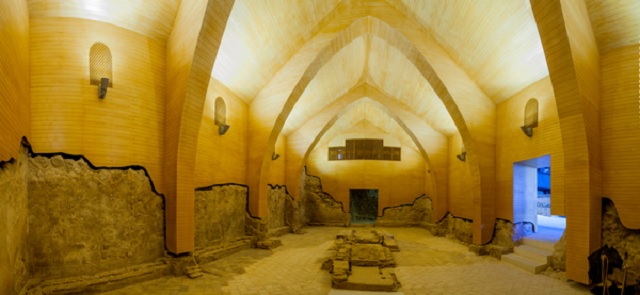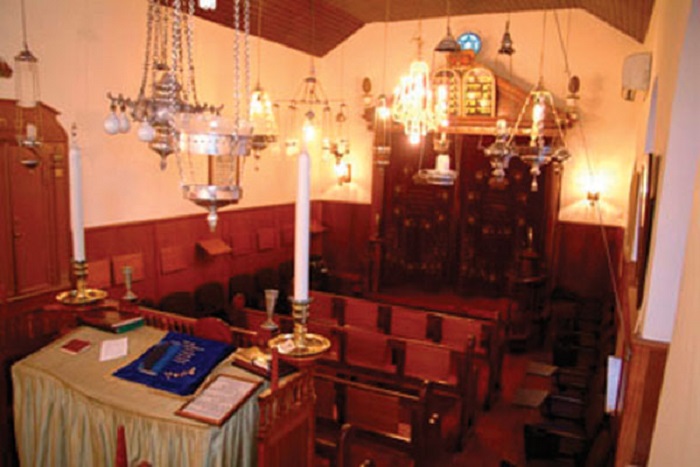ENGLISH CORNER, CON LINDA JIMÉNEZ – This week’s trivia question: After the expulsion of the Jews in 1492, why wasn’t the synagogue in Lorca transformed and used as a church, as happened elsewhere in Spain?
Lorca is a small city in the region of Murcia, in the southeast of Spain, which has been populated since the end of the Neolithic period, 5500 years ago. It was inhabited successively by prehistoric peoples, Iberians, Romans and Byzantines, until it was conquered by the Arabs in 713. In 1244 it was reconquered by the Christians and this marked the beginning of a stable Jewish presence in Lorca. During the next two centuries Lorca was a dangerous frontier town between Christian and Muslim Spain, and the scene of constant battles until it was finally conquered by the Christians in 1452. As in the rest of Spain, the thriving Jewish community disappeared in 1492, with the Edict of Expulsion.
In 2003, during the excavations prior to the construction of the Parador hotel in the medieval castle, a very well-preserved 14th-century synagogue was discovered. Additional excavations have revealed a large Jewish quarter, and many of the artifacts found there are now on display in Lorca’s archaeological museum.
We recently visited Lorca, where archaeologist Enrique Pérez gave us a tour of the Jewish quarter and synagogue, and spoke with us about their history, what has been discovered there, and why they are so unique.




